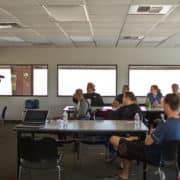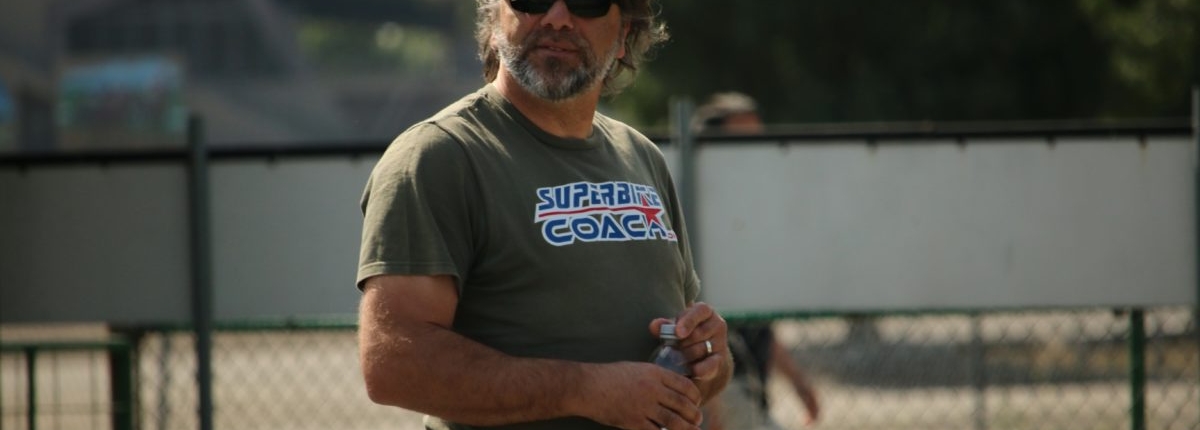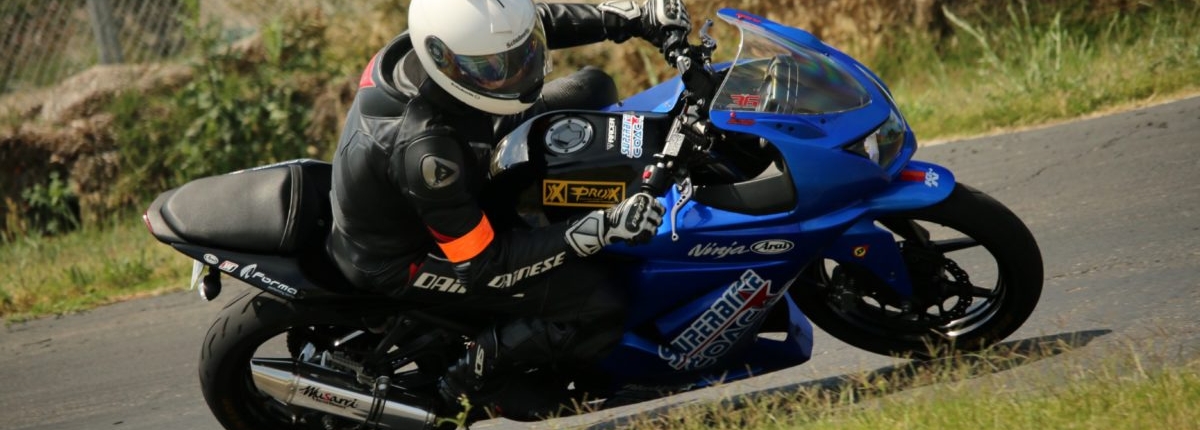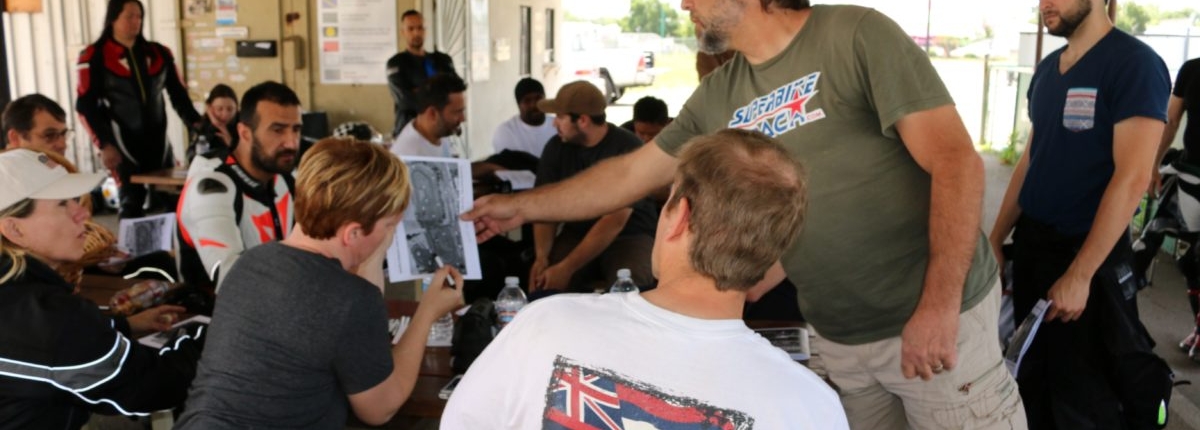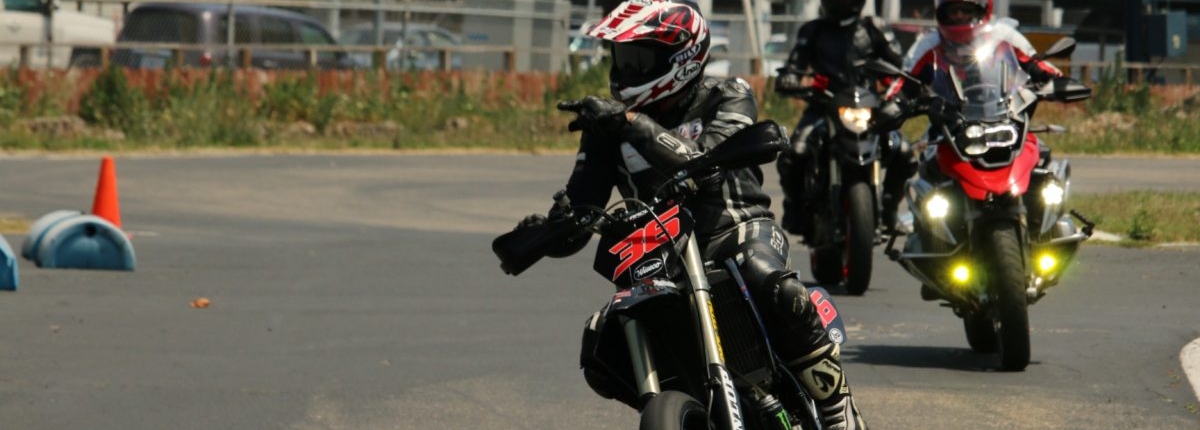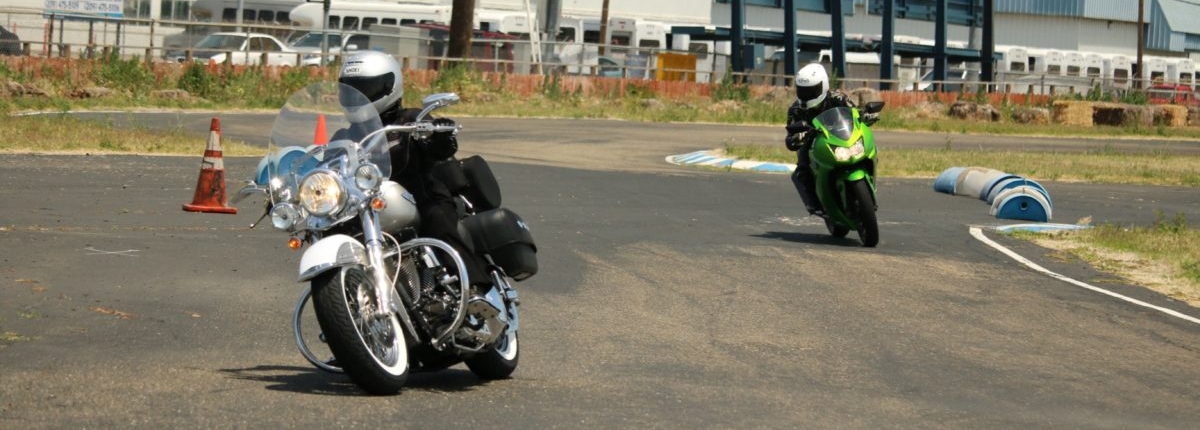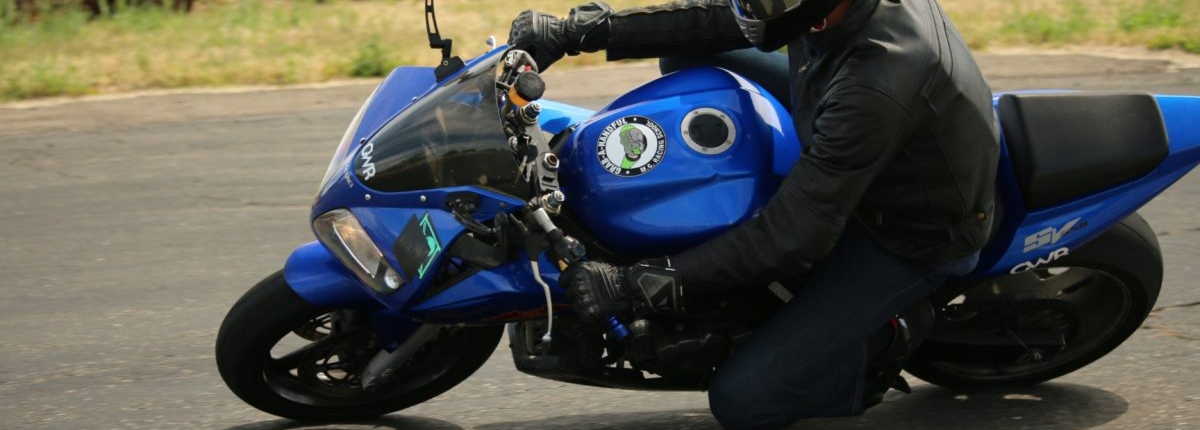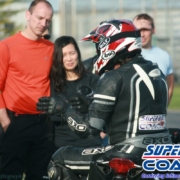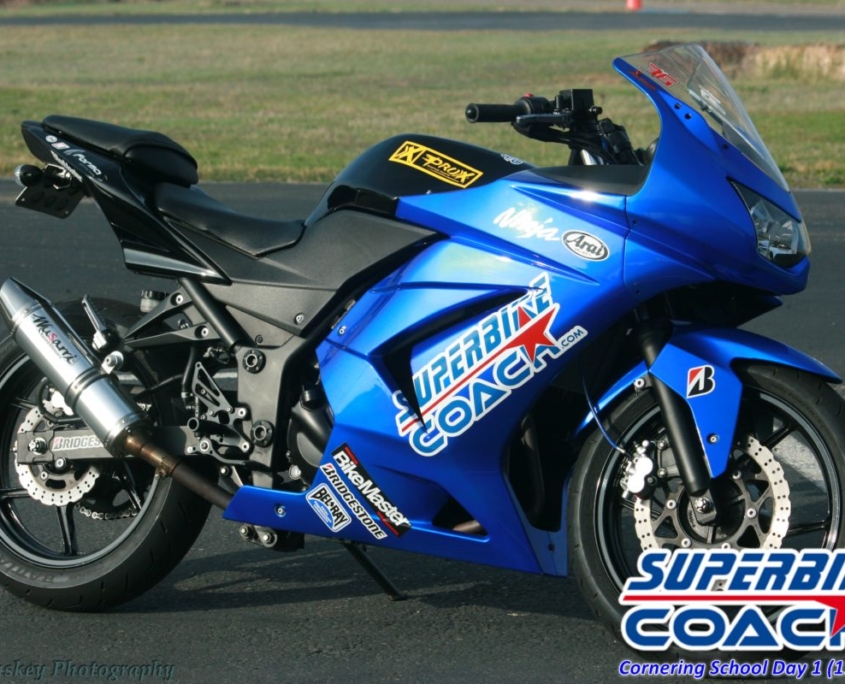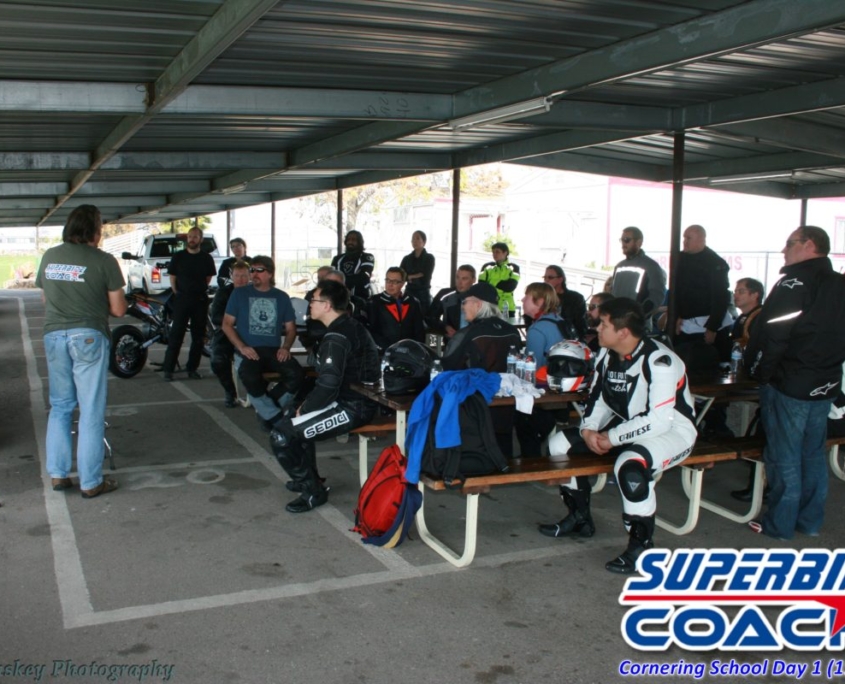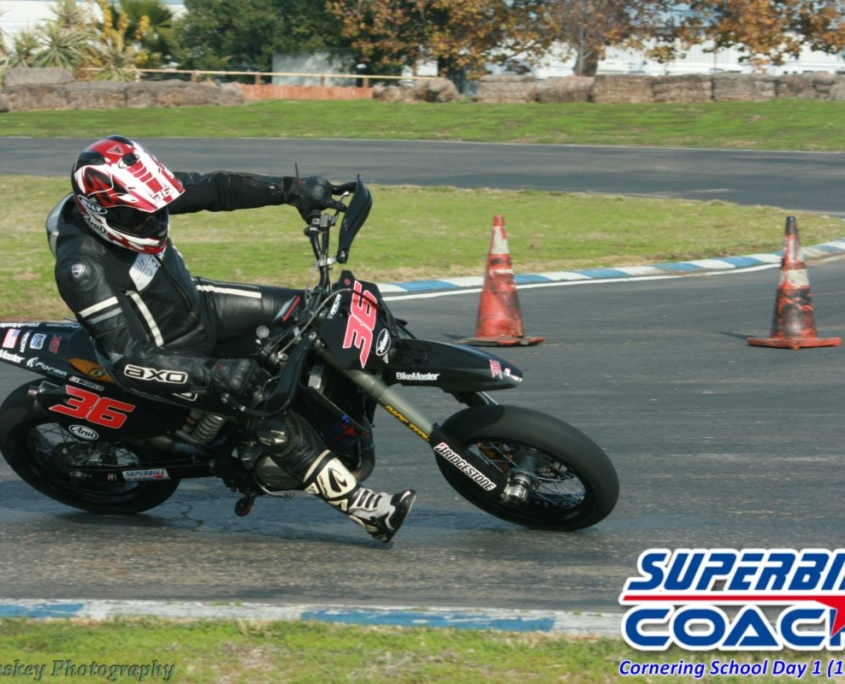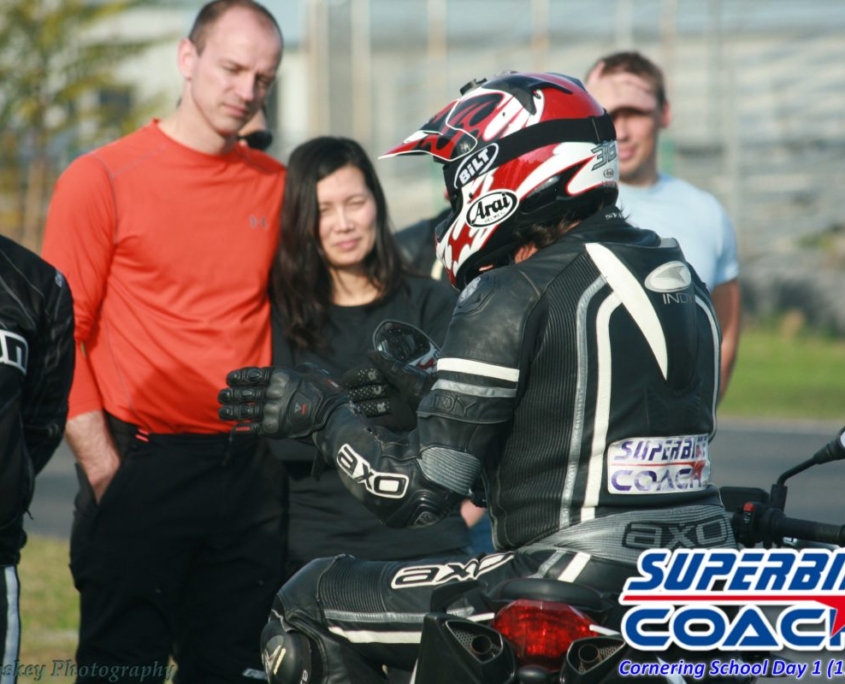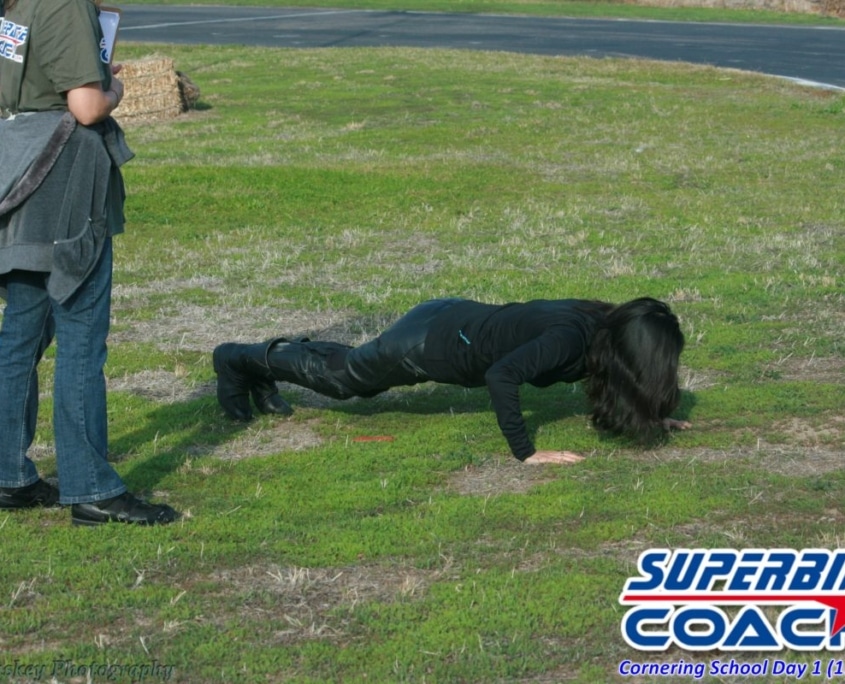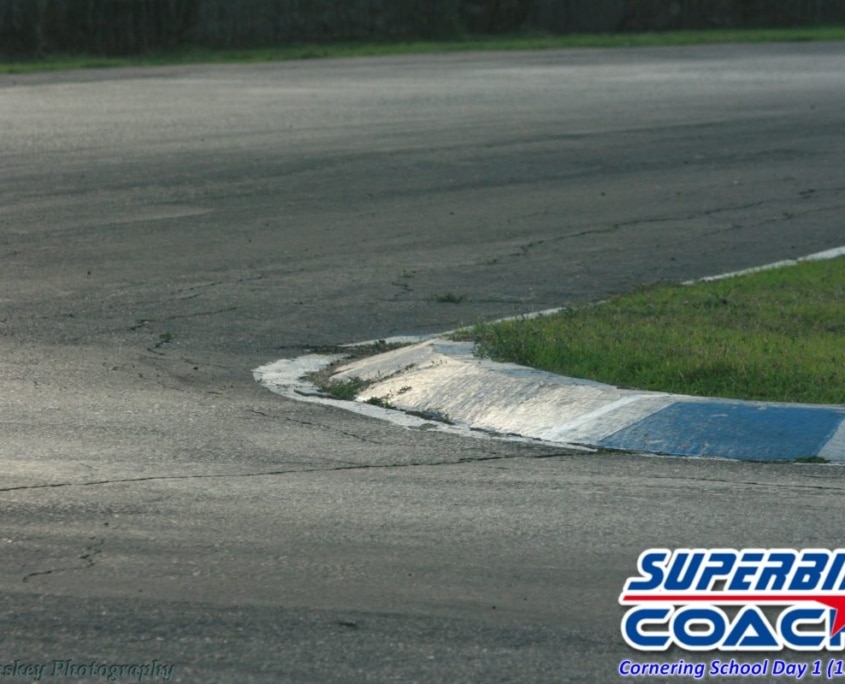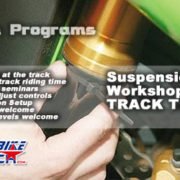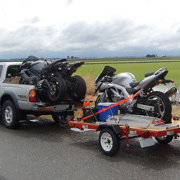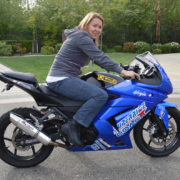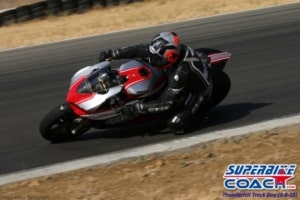Ever heard the slogan: “Doing one track day replaces 1 year of riding on the street.”… or something like that?! What about statements like: “Riding on a race track makes you feel your bike on the limit.”, or similar?!
Sounds about right and super exciting huh?! Well… super exciting yes- but it’s not right at all to say- or even to think that this would make you a better rider, because where the hell should all of that coming from all of a sudden!? I am saying here, that nothing will change over night just because you have a track day ticket in your pocket. Straight up… the only thing which will move ‘on the limit’ are going to be your guts.
Here is what’s gonna happen in reality… you probably couldn’t even sleep the night before your track day. Not feeling that you are actually totally tired, because the adrenaline pumps through your vanes while you listen to the obligatory riders meeting, which actually freaks you out even more. Then you move out to your first session. You are stuffed with hope because you’ve been told that those four ‘beginners sightseeing laps’ are making a huge difference for you. In fact it does not, cuz’ you are riding in a massive 20 miles per hour convoy on darn pretty funny lines. This btw is the reason why Superbike-Coach track days are not even offering it, because the moment when you go for your second session… your head is as empty as much as your tires, and you still have no clue where you actually are. We have other ways. Anyway- after lunch break, you go an ask an instructor to follow you around, and after you could probably entertain the entire crew with your chicken stripes- he says yes. 20 minutes later he probably says something about your body positioning and a plain “…other than that- good enough”. But naturally, you are alone again in your very next session, and you are actually doing the same BS you’ve done before. You might finish the day early by deciding to skip on the last two sessions without a good reason actually. In fact though- your entire body feels like you got hit by a truck, and mentally hurt because you just realized how much you suck. You are tired and weak, caused of being tensed up and mentally overwhelmed for hours. And then you spend an hour on a monitor to find ‘the perfect shot’ that photographer hopefully took of you. All High-Res and awesomely tilted- but non of them showing you in much of a leaning ankle… not even in your last session when you really felt best. So you are attacking one track day after another for the next 3 years, and a 5 seconds drop- 15 sets of tires and 2 crashes is the outcome, but you still don’t know why those A riders are 20 seconds faster per lap- or why you are still not dragging the damn knee.
I might sound like I would think every rider is the same- but I don’t, and don’t get me all wrong- I know you are excited and I am totally on your page- but ‘excitement’ and the feeling of being scared to death is all what you’re going home with. At home, you’re looking back and you are probably loaded with wish-thinking that your riding performance felt so much better than usual. In reality though… you probably are more solid on line choice and more confident on your favorite canyon road. I even heard riders talking themselves into a ‘better world’ by noticing that there is a slight chance that the photographer f’d it up, because he did not get you at your deepest leaning in that particular turn.

I know what you are going through and I can help you to really get something out of your track days, and it doesn’t matter if it is at my track days or someone elses. For example… I’ve coached riders who never got their knee down in 15 years of track riding. Riders who spend time and thousands of Dollars with other schools and track days… I’ve made them drag the living dead out of their pucks in one day for $149 bux, including track fees- free photography and snacks. Just sayin’ …
CLICK TO GO BACK TO THE NEWSLETTER
Headcoach Can Akkaya, Superbike-Coach Corp

